Growing beetroot can be a rewarding experience for gardeners of all skill levels. This vibrant vegetable, known for its earthy flavor and rich nutritional profile, is surprisingly easy to cultivate. With the right techniques and care, you can ensure a bountiful harvest of perfect beetroots every time. Here’s a comprehensive guide to help you achieve just that.
Other Topics You Might Like
Helpful Products You Might Like
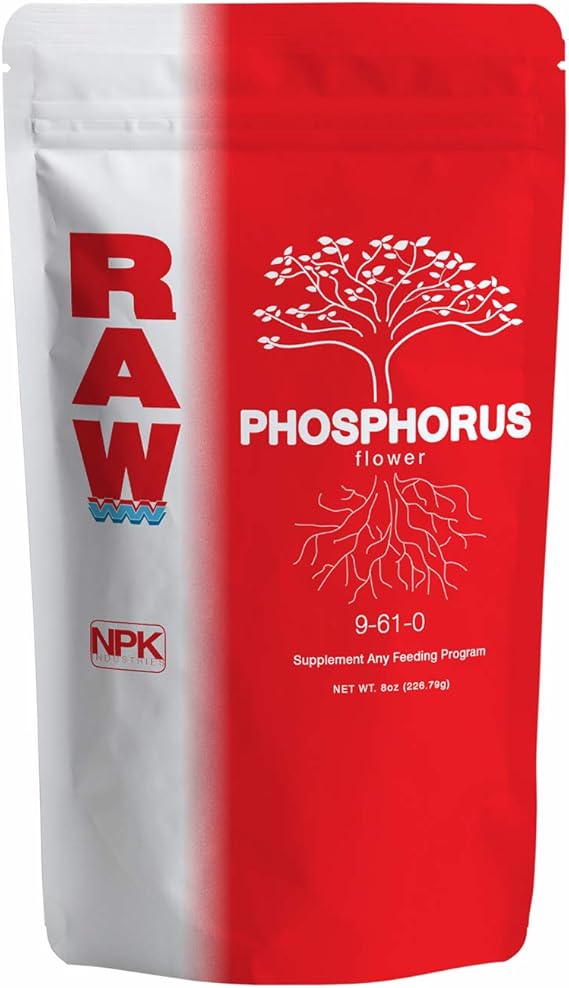
RAW Phosphorus High-Performance Plant Booster
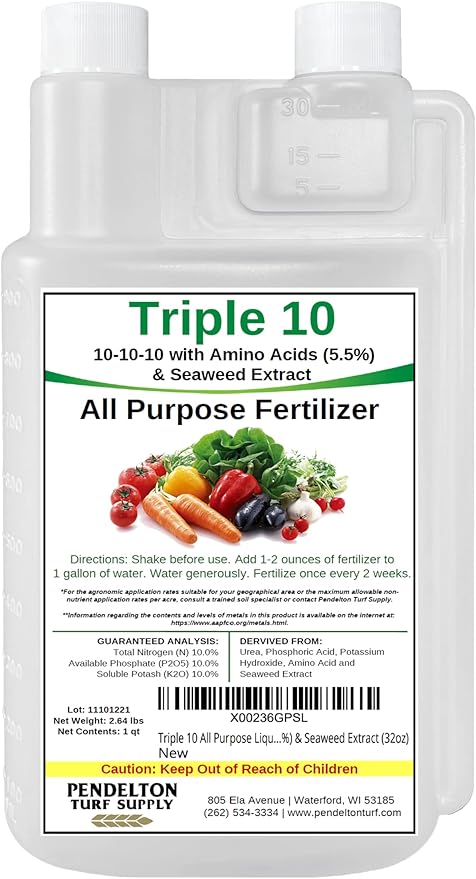
Triple All Purpose Liquid Fertilizer with Amino Acids
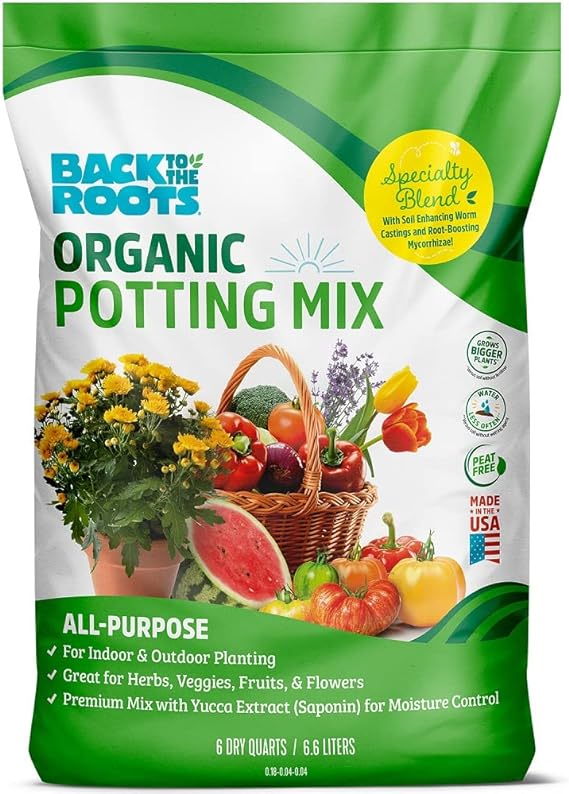
Back to the Roots Specialty Blend
"(Paid Links)" 
Choosing the Right Variety
Growing beetroot correctly starts with the best strain that will suit the climate and one’s preferences. The more common types include ‘Detroit Dark Red Chioggia which is characterized by dramatic red and white rings and ‘Golden Beet’ which is a yellow sweet variety. Always look for the appropriate growing conditions in your area and seek appropriate strains for your climate.
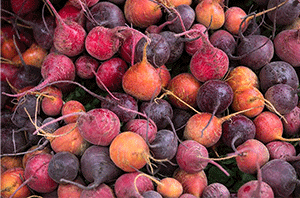
Preparing the Soil
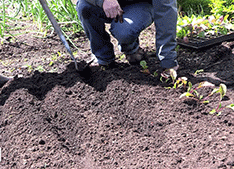
Ordinarily, beetroot grows best in rich loams with a good drainage system. Be sure to first test the pH of your soil prior to planting; the most suitable range for beetroot is between 6.0 to 7.0. In relation to the soil, enrich it with compost or well decomposed cattle manure, and other nutrients to improve the physical properties of the soil. The soil should not be compacted; avoid planting in overly dense soils as they will result in irregularly shaped roots.
Timing Your Planting
Beetroot is one of the crops whose production is greatly sensitive to timing. After the last frost, it is best to directly sow seeds into the garden since beets do well in cold conditions. In many regions, this is early spring which is ideal for planting. You can also plant in late summer to harvest in autumn. If you are in a warm environment, provide some sort of cover for fresh plants as the heat may be intolerable.
Planting
Do remember that beetroot seeds contain a cluster of seeds which can form multiple trees. Plant these approximately 1-inch deep and space them in a row 1-2 inches apart, with row spacing of 12-18 inches.
Watering and Fertilizing
Beetroot requires consistent moisture to develop properly. Aim to provide about an inch of water per week, either through rainfall or supplemental irrigation. Mulching around the plants can help retain moisture and suppress weeds. As for fertilization, a balanced fertilizer applied at the time of planting can support healthy growth. Be cautious with nitrogen-rich fertilizers, as they can lead to excessive foliage growth at the expense of root development.
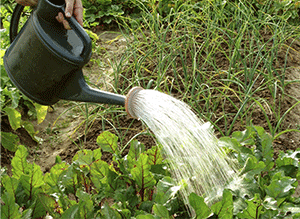
Pest and Disease Management
Beetroot is generally resilient but can fall prey to pests like aphids and leaf miners. Regularly inspect your plants and remove any affected leaves. Using row covers can help protect young seedlings from pests. Additionally, practicing crop rotation and maintaining good garden hygiene can reduce the risk of diseases.
Harvesting
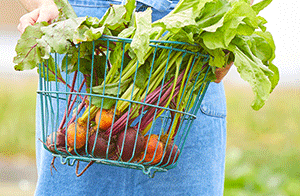
Timing your harvest is key to enjoying sweet, tender beets. Generally, beets are ready to harvest 50 to 70 days after planting, depending on the variety. The best time to harvest is when the roots are about 1.5 to 3 inches in diameter. Use a garden fork to gently lift the beets, being careful not to damage them. Harvesting in cooler weather can enhance their flavor.
Storing Your Beets
After harvesting, cut off the tops, leaving about an inch of stem to prevent bleeding. Store the beets in a cool, dark place. They can last for several weeks in the refrigerator or in a root cellar. Be sure to keep them dry to prevent rot.
